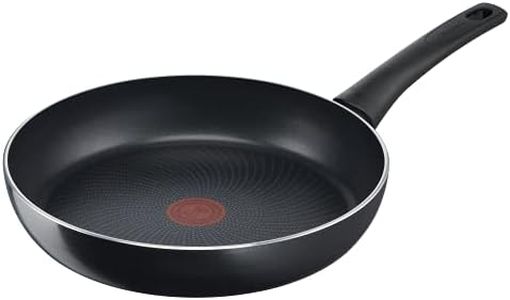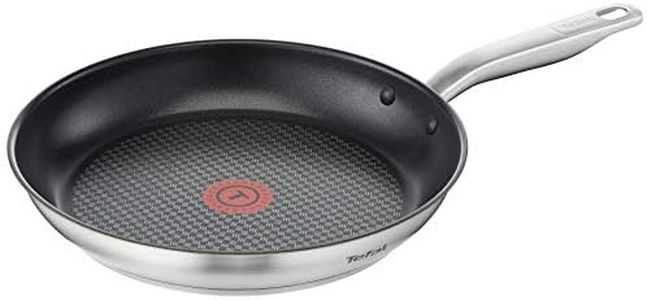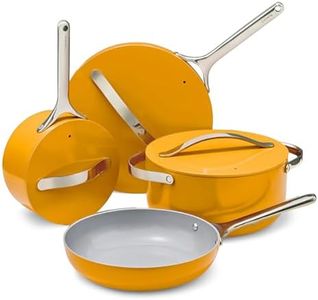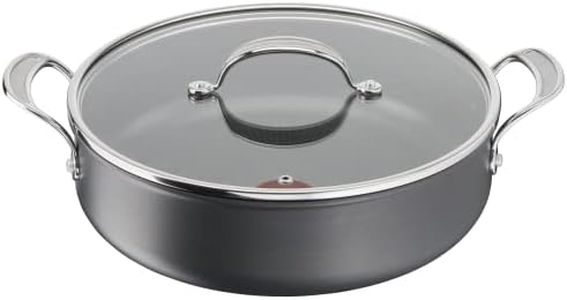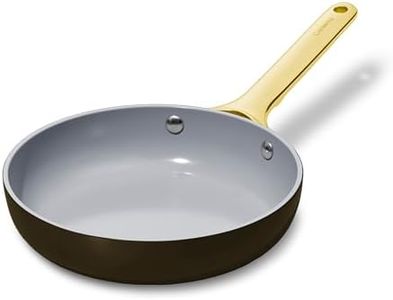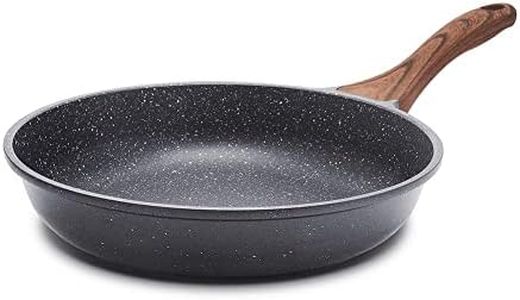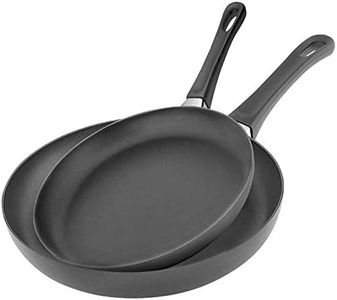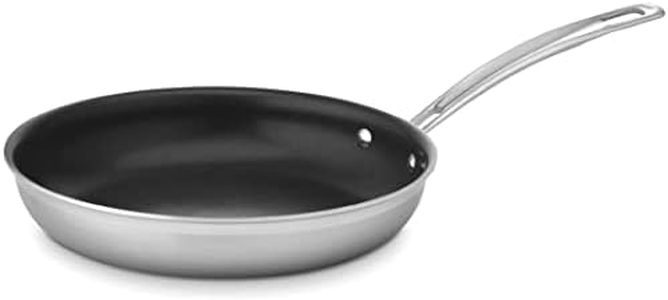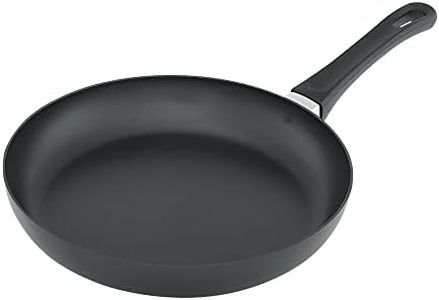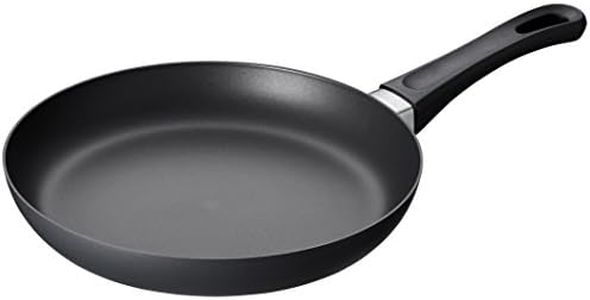We Use CookiesWe use cookies to enhance the security, performance,
functionality and for analytical and promotional activities. By continuing to browse this site you
are agreeing to our privacy policy
10 Best Safe Nonstick Pans
From leading brands and best sellers available on the web.Buying Guide for the Best Safe Nonstick Pans
When choosing a safe nonstick pan, your goal is to find cookware that makes everyday cooking easy while also protecting your health. Nonstick pans are popular for their ability to cook with less oil and offer fast clean-up. But there are different materials and coatings, and each comes with advantages and things to watch out for. Understanding the key features helps you avoid unwanted chemicals or coatings that might not last, and guides you to a pan that fits your cooking style.Nonstick Coating MaterialThe coating material is what gives a pan its nonstick properties. Common options include traditional PTFE (often known by the brand Teflon) and ceramic. PTFE is slick and effective but was historically made using chemicals like PFOA, which are now phased out in most modern pans. Ceramic coatings are marketed as more natural because they're made from sand (silica) and don't require PTFE or PFOA. If your priority is minimizing chemical exposure, ceramic might appeal to you, but it tends to wear out faster. If longevity and easy cleaning matter more, PTFE is often more durable, but ensure it’s PFOA-free. Think about which qualities you value most: longer-lasting slickness or a more 'natural' coating.
Heat Resistance and Safe TemperatureThis tells you how hot the pan can safely get before the coating starts to degrade. For PTFE-based nonstick pans, overheating (usually above 260°C/500°F) can damage the coating and, at extreme temperatures, release fumes. Ceramic coatings can sometimes handle higher temperatures but can degrade with sudden temperature changes. If you often sear foods or place pans in the oven, look for pans labeled as oven-safe at the highest temperature you need. For most standard cooking (like eggs and pancakes), lower oven-safe temps are fine.
Base MaterialBeneath the nonstick surface, the pan is typically made of aluminum or stainless steel. Aluminum heats up quickly and evenly, making it popular for nonstick pans, but needs a stainless steel bottom to work on induction stovetops. Stainless steel is heavier and heats less evenly, but is more durable. If you want fast and even heating, pick aluminum-based pans, but make sure there’s a compatible base if you have an induction stove. If weight and sturdiness matter more, consider steel.
Handle Safety and ComfortHandles can be made of metal, silicone, or plastic. Metal handles are oven-safe but get hot, while silicone or plastic stay cooler but aren’t always oven-safe. If you move your pan from stovetop to oven, pick all-metal or well-insulated handles that won’t melt. Choose handles that feel right in your hand, especially if you'll be flipping foods or transferring a heavy pan.
Dishwasher CompatibilitySome nonstick pans can go in the dishwasher, which makes cleaning easier. However, dishwashers can shorten the lifespan of nonstick coatings over time, so even with ‘dishwasher-safe’ pans, hand-washing is recommended for best longevity. If convenience is your top goal, look for dishwasher compatibility, but if you want your pan to last, consider gentle hand-washing instead.

